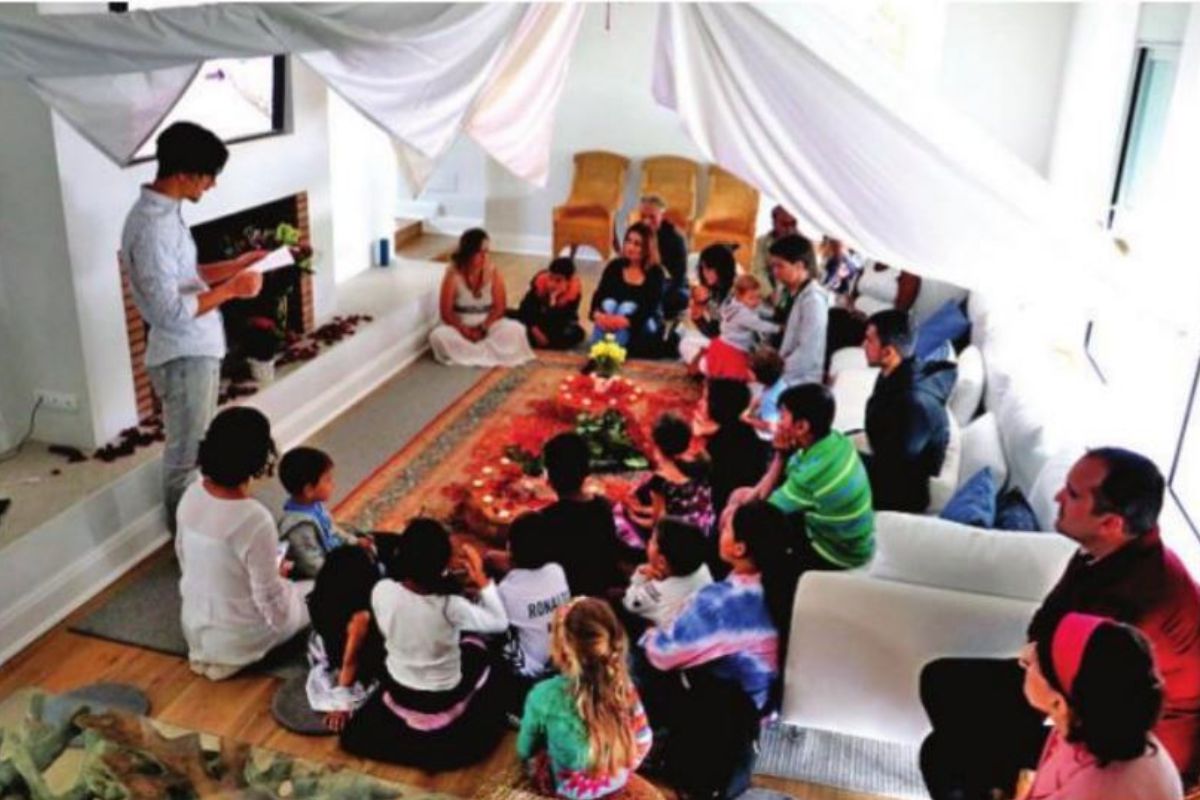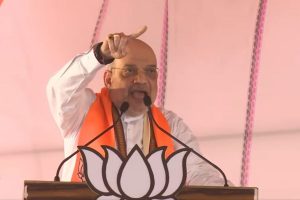Dharma or religion plays an important role in how we understand time – both the linear time of history and the cyclical times of social and spiritual events. In that sense, history is still, according to the Baha’i writings, an unsatisfactory record of human progress.
History may be also viewed as the unfoldment of the Divine Plan that has come to us from the lives and teachings of spiritual luminaries such as Rama, Krishna, Buddha, Abraham, Moses, Zoroaster, Christ, Prophet Muhammad, and the Báb, who has appeared from age to age to restore the pristine purity of Dharma and given specific directions for the advancement of civilization as we know it. In the midst of current festivities of Deepavali and Chath puja most people may not be aware that the Bahá’í Community will be celebrating the Festival of Twin Birthdays – the birth anniversaries of the twin founders of the Bahá’í Faith – the Báb (1819-1850) and Bahá’u’lláh (1817- 1892) on 26-27 October respectively.
Advertisement
The Báb, which is the title by which he is popularly known, means the “gate” or “doorway to divine knowledge”, as described in Bahá’í writings. He exhibited unusual piety and knowledge from his earliest days. He lost his father at a tender age and was raised by his maternal uncle who provided for his upbringing and education.
As an adolescent, the Báb was renowned for his very handsome appearance, his charming manners, and great nobility of character. After a few years the uncle, who conducted his export and import business of silk and tea from Shiraz and the port city of Bushi’hr, absorbed him in the trade. Although the Báb soon gained a reputation for his integrity, there was a deepening anxiety in the family. His mother and uncle got him married thinking that once he got into his family responsibilities, he would have no time for the spiritual things that had come to take up most of his waking and sleeping time.
The turning point came in May 1844 the month and the year when Samuel Morse transmitted the first telegraphic message from Baltimore, Maryland to Washington D.C. with the words from the Bible: “What God hath wrought.” The night preceding the morning when the message was sent was the time when the Báb disclosed his true identity as the Avatara of a new Age. The Báb proclaimed the unity and truth of all the great religions, enjoined upon his disciples to break with past rites and ways of worship and to live in harmony with people of all beliefs, and prepared them for the coming of Bahá’u’lláh, whom the Báb described as the “One Whom God would make manifest.”
The Báb like the many great Avataras or prophets of the past has ushered in a new era. The Bahá’ís are hopeful and take comfort in these words of the Báb: “Verily I say, immensely exalted is this Day above the days of the Apostles of old. Nay, immeasurable is the difference! You are the witnesses of the Dawn of the promised Day of God…” Bahá’u’lláh, a title that means “the Glory of God” in Arabic, was born in Tehran, Iran. He was the son of a wealthy minister.
His family could trace its ancestry back to the Sassanian dynasty of Iran’s imperial past. His son, ‘Abdu’l-Bahá, said this concerning His childhood: “… Bahá’u’lláh, belonged to the nobility of Persia. From earliest childhood, He was distinguished among His relatives and friends… In wisdom, intelligence and as a source of new knowledge, He was advanced beyond His age and superior to His surroundings.
All who knew Him were astonished at His precocity. It was usual for them to say, ‘Such a child will not live,’ for it is commonly believed that precocious children do not reach maturity.” In a letter, Bahá’u’lláh recalled as a child seeing an elaborate puppet show about war and intrigues in the court of a king and the riches of those in authority.
After the performance, Bahá’u’lláh saw a man come out from behind the tent with a box under his arm. “What is this box?” Bahá’u’lláh asked him, “and what was the nature of this display?” “All this lavish display and these elaborate devices,” the puppet master replied, “the king, the princes, and the ministers, their pomp and glory, their might and power, everything you saw, are now contained within this box.” Bahá’u’lláh then asserted: “…Erelong these outward trappings, these visible treasures, these earthly vanities, these arrayed armies, these adorned vestures, these proud and overweening souls, all shall pass into the confines of the grave, as though into that box….” Bahá’u’lláh taught that this was the Age of its collective maturity.
He, therefore, presented the blueprint of a New World Order, the Ram Rajya of the Hindu Shastras, and wrote: “Let your vision be world embracing…” The signs of impending convulsions and chaos can now be discerned, inasmuch as the prevailing Order appeareth to be lamentably defective.” “Soon will the present-day Order be rolled up, and a new one spread in its stead…Mankind’s ordered life hath been revolutionized through the agency of this unique, this wondrous System, the like of which mortal eyes have never witnessed.”
Bahá’ís believe that the tensions and sufferings now prevailing in society are analogous to those experienced by its individual members in passing from youth to adulthood. The human race as a distinct organic unit has passed through the stages of infancy and childhood, and is now in the culminating period of its turbulent adolescence, approaching its long-awaited coming of age.
If we continue making the wrong decisions, squabbling over petty issues, and destroying each other for a larger share of the planet’s finite resources through ever more lethal weapons, the complete annihilation of civilization is a certainty. “My object,” Bahá’u’lláh wrote, “is none other than the betterment of the world and the tranquillity of its peoples. The wellbeing of mankind, its peace and security, are unattainable unless and until its unity is firmly established.”
















